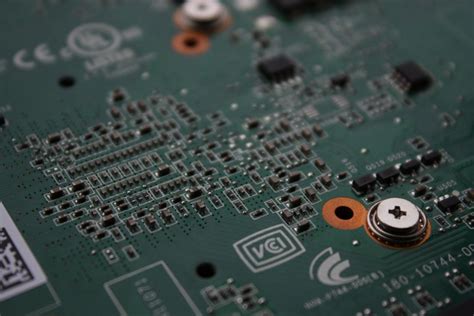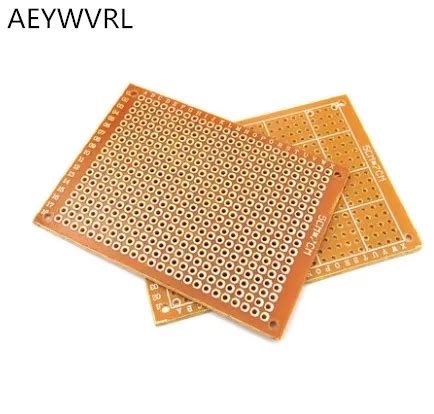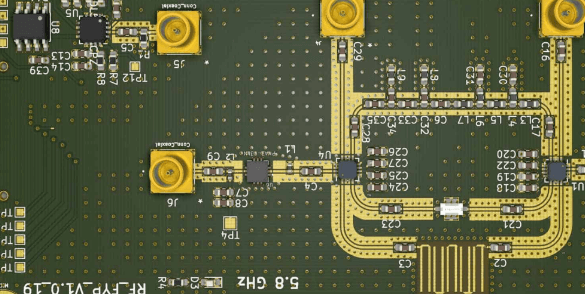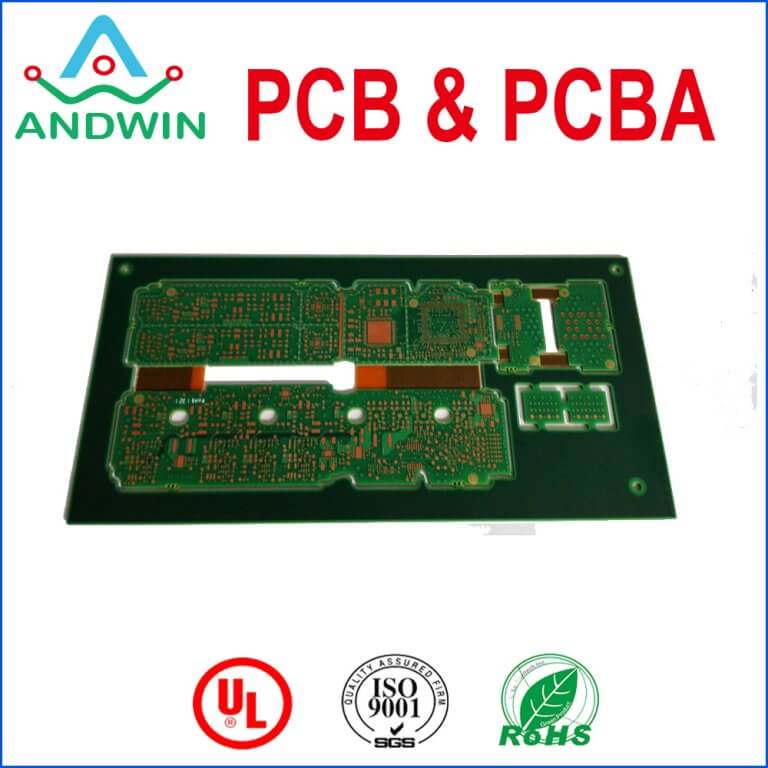What are some ways to speed up PCB production time?
Most of today’s mass-produced electronic hardware is manufactured using surface mount technology, or SMT. In addition to offering many other advantages, SMT PCBs go a long way in speeding up PCB production time. As we all know, Jieduobang’s expedited service and board delivery period are very fast, so we have a very big advantage in speeding up PCB production time. Today we will take a look at what methods can speed up PCB production time!
Surface Mount Technology
The concept of basic surface mount technology (SMT) basic through-hole manufacturing continues to provide significant improvements.
By using SMT, PCBs do not need to have holes drilled into them. Instead, all they do is use solder paste. This significantly simplifies the process in addition to adding a lot of speed. While SMT mounted components may not have the strength that through-hole mounting has, they offer many other advantages to offset this problem.
Surface mount technology goes through a 5-step process as follows:
1. Production of PCBs – This is the stage where the PCB actually produces solder joints
2. Solder is deposited on the pads, allowing the components to be fixed to the board
3. With the help of machines, the components are placed on precise solder joints4. Bake the PCB to harden the solder 5. Inspect the finished assembly.

The differences between SMT and through-hole include:
The space problem that occurs widely in through-hole mounting is solved by using surface mount technology. SMT also provides design flexibility because it provides PCB designers with the freedom to create specialized circuits. Reducing component size means that more components can be accommodated on a single board and fewer boards are required.
Components in SMT mounting are leadless. The shorter the lead length of surface mount components, the less propagation delay and package noise.
The component density per unit area is higher and because it allows components to be mounted on both sides, it is suitable for high-volume production, thereby reducing costs.
The reduced size increases the speed of the circuit. This is actually one of the main reasons why most manufacturers choose this method.
The surface tension of the molten solder pulls the component into alignment with the pad. This in turn automatically corrects any small errors that may occur in component placement.
SMT has proven to be more stable in the presence of heavy vibration or shock.
SMT parts are generally less expensive than comparable through-hole parts.
Importantly, SMT can significantly reduce production time because drilling is not required. Furthermore, SMT components can be placed at a rate of thousands of placements per hour, whereas through-hole mounting can be placed at less than a thousand. This in turn results in products being manufactured at the speed at which they are envisioned, which further reduces time to market. If you are considering speeding up PCB production time, then SMT is clearly the answer. By using design for manufacturing (DFM) software tools, the need for rework and redesign of complex circuits is significantly reduced, further increasing speed as well as the possibilities for complex designs.
All this is not to say that SMT does not have inherent disadvantages.
SMT can be unreliable when used as the sole attachment method for components that face a lot of mechanical stress. Components that generate a lot of heat or are subject to high electrical loads cannot be mounted using SMT. This is because solder can melt at high temperatures. Therefore, through-hole mounting may continue to be used in situations where there are specific mechanical, electrical, and thermal factors that make SMT ineffective. Furthermore, SMT is not suitable for prototyping, as components may need to be added or replaced during the prototyping phase, which high component density boards may find difficult to support.
With the strong advantages that SMTs offer, it is surprising that they have become the dominant design and manufacturing standard today. Basically they can be used in any situation where high reliability and high volume PCBs need to be produced.







